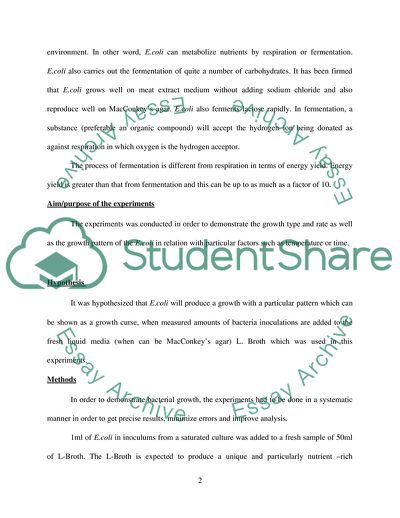Cite this document
(Natural Environment of Escherichia Coli Lab Report, n.d.)
Natural Environment of Escherichia Coli Lab Report. https://studentshare.org/biology/1742069-bio-report
Natural Environment of Escherichia Coli Lab Report. https://studentshare.org/biology/1742069-bio-report
(Natural Environment of Escherichia Coli Lab Report)
Natural Environment of Escherichia Coli Lab Report. https://studentshare.org/biology/1742069-bio-report.
Natural Environment of Escherichia Coli Lab Report. https://studentshare.org/biology/1742069-bio-report.
“Natural Environment of Escherichia Coli Lab Report”. https://studentshare.org/biology/1742069-bio-report.


